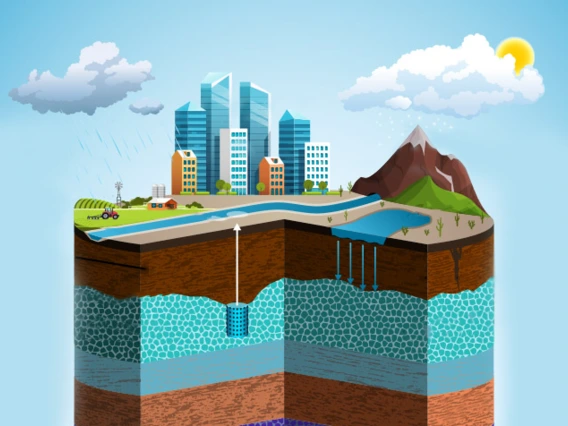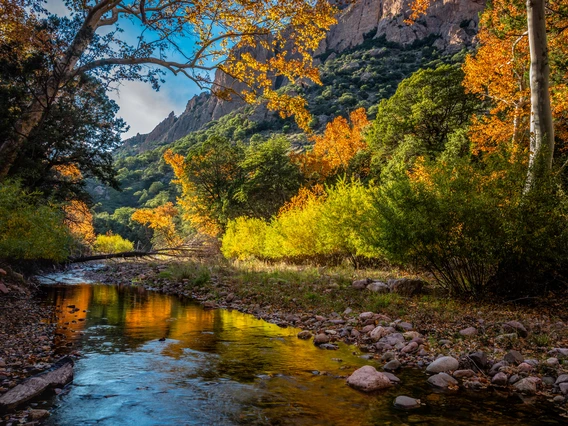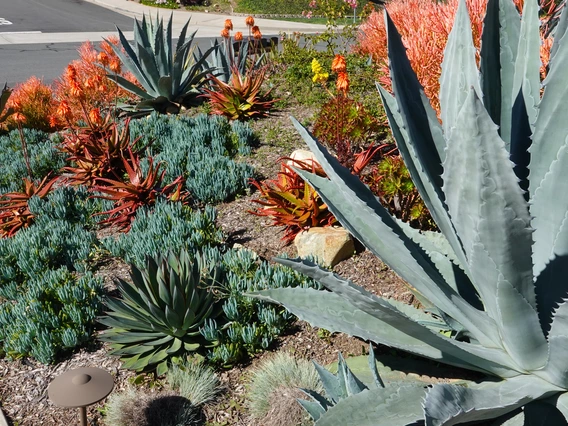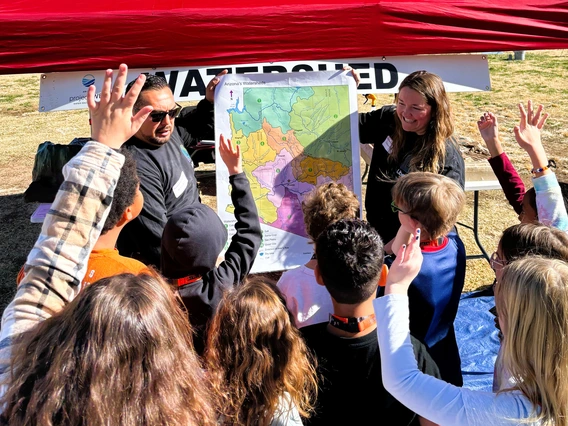
Programs we offer
APW supports water stewardship and STEAM literacy by engaging students and teachers with programming that deepens content knowledge. APW's goal is to meet the needs of our community by using relevant, research-based educational strategies and techniques to develop knowledge and skills that inspire action for water stewardship.
Meet our incredibly talented and diverse team

All hydrological elements in our Arizona landscape impact available groundwater. Participants in the Groundwater Classroom Program will explore the Arizona water cycle and unearth the local surface to groundwater connection within their watershed to deepen their understanding of how this intricate system works. Students will recognize human impacts to this system and be equipped with ways to act as water stewards in their communities to conserve groundwater and help keep it clean. The guiding questions for this unit are, 1. What is our relationship with groundwater? and 2. Is this relationship built to last?
By the end of this Unit of Study students will:
· Model parts of the groundwater system and what it is a part of (water cycle/watershed).
· Understand and explain the relationship between surface water and ground water.
· Identify impacts of human activities on groundwater resources.
· Recognize and broadcast the importance of groundwater health and sustainability.

You’re on the scene with WSI. In this campy but complex Unit of Study, juvenile detectives of the Cold-Water Case Squad investigate and identify the cause of a calamity in the community. Student sleuths work together, finding the clues that protect lives and livelihood; solving the question, “What’s in the WATER?” before time runs out!
The Unit of Study is designed to help teachers meet the 6th-8th grade science standards using student-centered, 3-dimensional learning. This focuses on doing science: asking questions and defining problems, developing and using models, planning and carrying out investigations, analyzing and interpreting data and constructing explanations and designing solutions. Emphasis also falls on recognizing relationships that connect all sciences and other fields of study. Specifically, the Arizona Water Scene Investigation (WSI) Curriculum Unit puts students at the center of their own water case, observing the phenomena that relate to the environment in which they live. Launching the unit, an interactive case file leads into the processes driving possible water contaminants and builds clear relationships between this and the water cycle, watershed, groundwater and the importance of sustainability. The guiding questions for this unit are, 1. How is water polluted? and 2. How can we keep human activity from compromising the viability of our watershed/water cycle systems?
By the end of this Unit of Study students will:
· Analyze data to solve a mystery and identify potential groundwater pollutants.
· Identify surface forms of pollution and consider ways to reduce urban runoff and the flow of contaminants in water throughout a watershed.
· Identify the role of water in human/animal wellness and connect environmental health challenges to threats associated with a changing climate.
· Conclude that past solutions, developed with the best intentions, may create contemporary problems.
· Act as environmental stewards, conserving and keeping water clean through both behaviors and available technologies, supporting resilient solutions that benefit the (biodiverse) community.
Teachers receive 2 CE hours in WSI workshops.

Planting for a Rainy Day (PfaRD) is a Unit of Study designed to help students understand the interaction between Arizona environments and rainwater. During this unit students consider the stormwater challenges in developed environments compared to “natural” ones. Students explore how rainwater may be managed in and around communities. They design rain garden basins that can address drought/flooding issues by employing STEAM skills and academic practices. The big ideas of this learning unit are:
1. Excessive heat, flooding, habitat loss, and water sustainability are issues that exist in almost all developed areas.
2. You can find examples of these issues in your neighborhood, at your home, and at your school.
3. Sustainable rain garden basins can be designed to mitigate excessive heat, flooding, and habitat loss.
Students identify a “hot, dry” patch of pavement in their personal watershed (home/school/community) and determine storm water drainage patterns. By calculating the amount of runoff that can be collected in the area, and then applying rainwater harvesting and smart landscaping techniques, students will design a water-wise, biodiverse garden. The guiding question for this unit is: How can we harvest rainwater to transform an impermeable plot into an outdoor oasis?
By the end of this Unit of Study students will:
· Analyze the watershed, determining rainwater drainage patterns, surface porosity, and temperature.
· Develop strategies for natural cooling and remediating “hot pockets”.
· Identify native plants that are appropriate for the space.
· Demonstrate the connections between groundwater, riparian habitats, and biodiversity.
· Create design drawings for a garden with supporting details and documentation (species list, water use, plant hardiness, wildlife interaction, and seasonal implications).
Teachers receive 3-6 CE hours in PfaRD workshops.

During the Arizona Project WET – Water Festival Unit of Study, 4th grade students explore the Arizona water cycle, map our regional watersheds, unearth the connection between groundwater and surface water, and learn how their behaviors impact water availability in Arizona. Students use this knowledge to develop accessible, community-focused solutions that simultaneously conserve water and promote sustainable decision-making. The guiding questions for this unit are, 1. Where is Arizona’s water? and 2. What are the connections between people, water, and heat in the environment?
By the end of this Unit of Study students will:
· Track the movement of water molecules through the Arizona water cycle
· Understand how water moves through a watershed and demonstrate the human impact of changes to that natural system; city surfaces affect the movement of water, and those changes can be observed/measured.
· Model aquifer recharge and discharge connecting water availability to human behavior
· Act as environmental stewards, conserving water through both behaviors and available technologies, supporting resilient solutions that benefit the (biodiverse) community.
Teachers receive 3-6 CE hours in AWF workshops.

